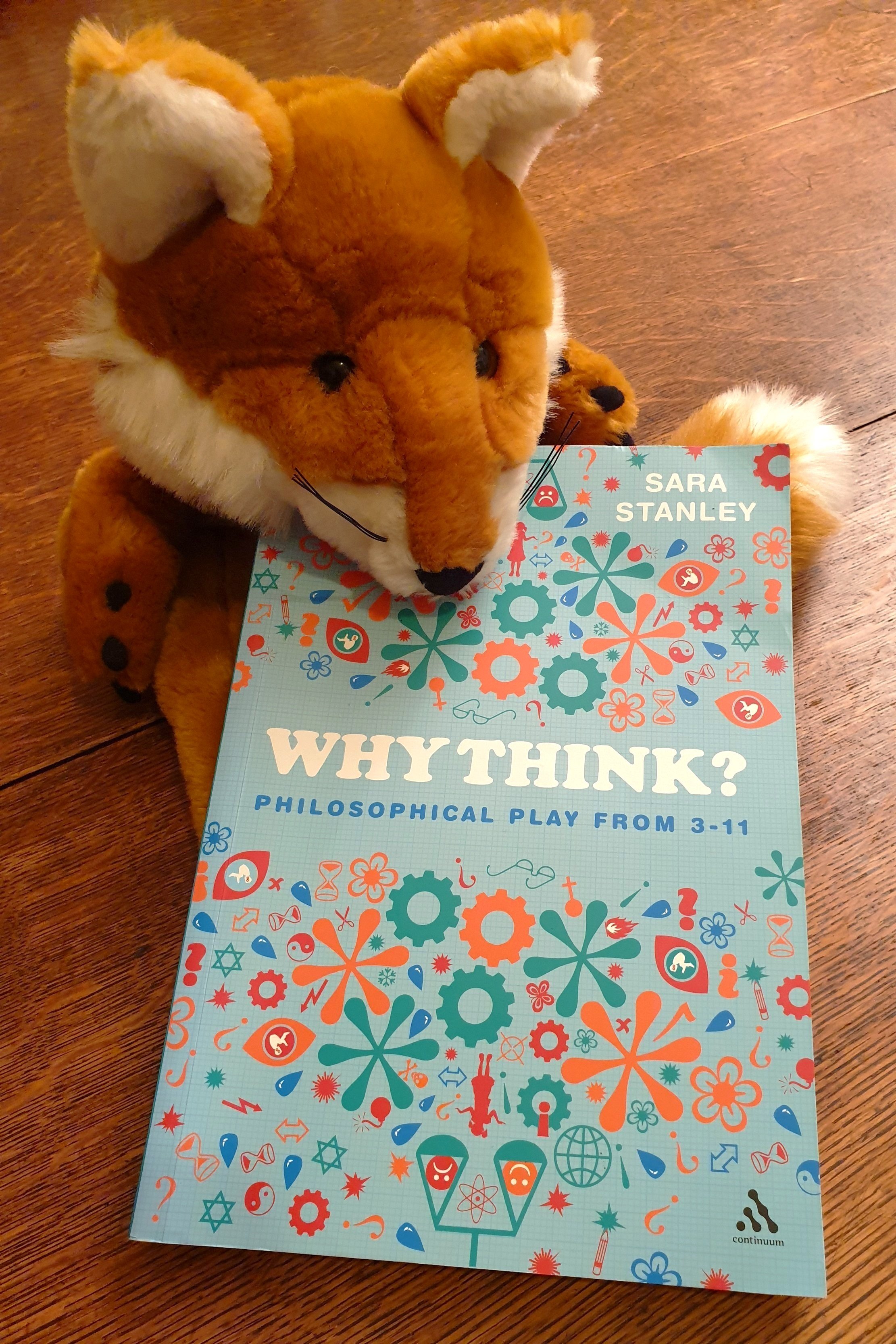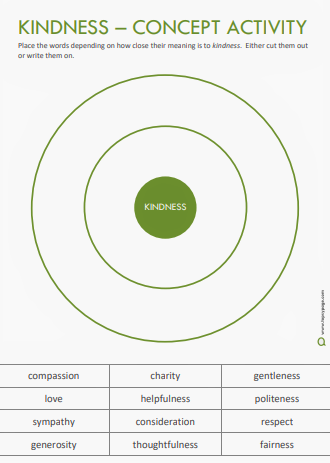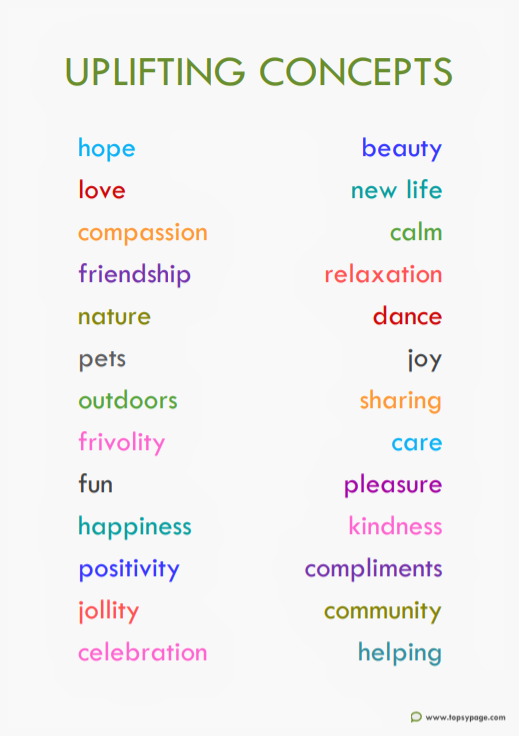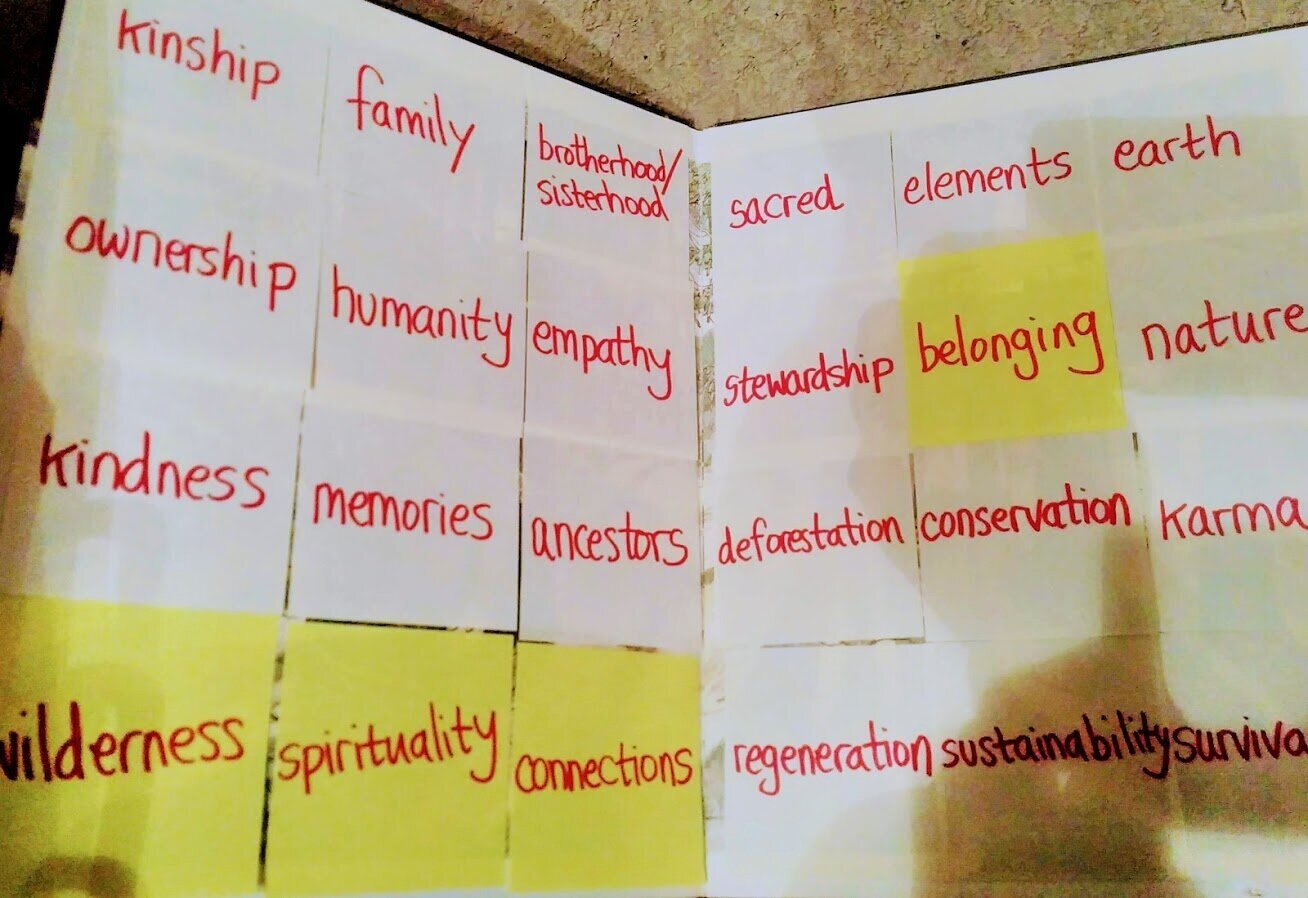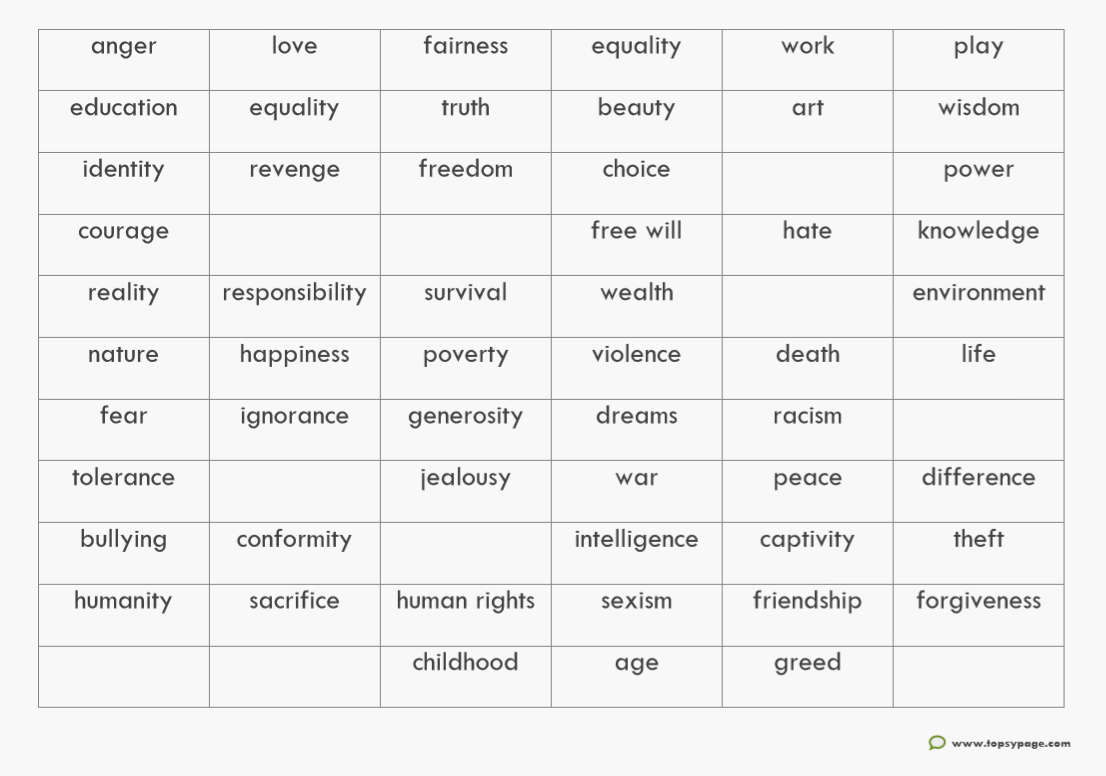Exploring concepts — a key aspect of Philosophy for Children — is a great way of getting students to think together.
Here’s a simple concept map. Put four central concepts / big ideas in the centre, and connected ones in the outer circle.
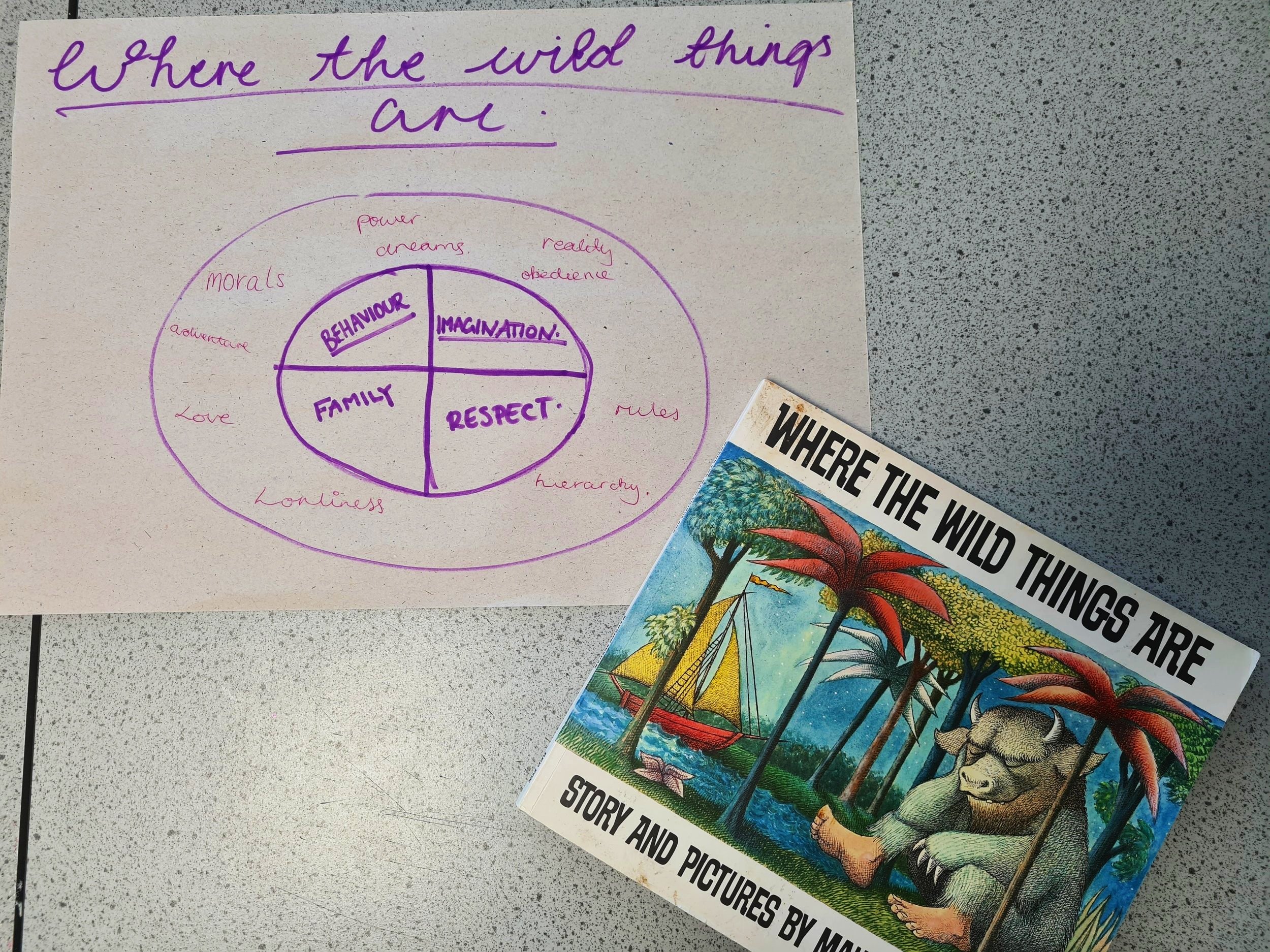
This will help you and your students ask philosophical questions.
Here are some example questions based on big ideas from Where The Wild Things Are by Maurice Sendak:
Imagination
Can you imagine something that doesn’t exist — or does that mean it does exist?
Which is more important: imagination or knowledge?
Family
Should family always come first?
Can you love someone in your family but not always like them?
Behaviour
Should people always follow the rules?
Can someone behave badly but still be a good person?
Respect
Should we respect everyone — even if they don’t respect us?
Is it more important to respect yourself, or respect others?
Are these examples of adventure, bravery, or both?
Packed with example discussion scenarios, this book will help you raise your facilitation game
Full of practical ideas and lovely examples of children’s words; I recommend this book
Get students to think and talk about new words in the context of what they are learning
Help your pupils explore the 2021 theme, One Kind Word
A list of positive ideas including compassion, hope, and celebration - for use in P4C or circle time
Try using a well-known story such as Goldilocks and the Three Bears as a stimulus for classroom talk or P4C
A professional development opportunity for P4C leads and teachers on Thursday 24th September
A simple way to help learners structure their talk, thinking and note-taking.
A way to explore the key concepts in a stimulus and enable children to practice building on others’ ideas.
One aspect of P4C which often gets missed is to identify the key concept in a question and then stretch it or explore it more to deepen understanding.









